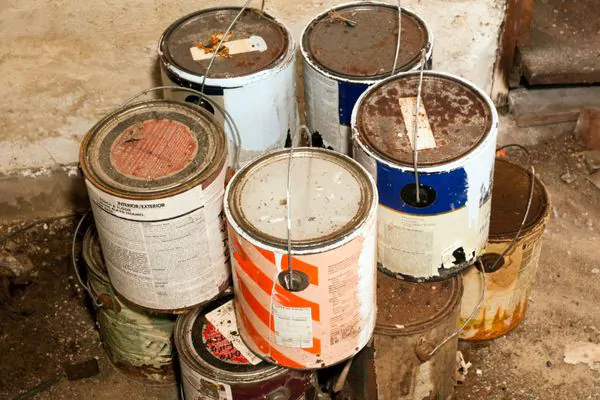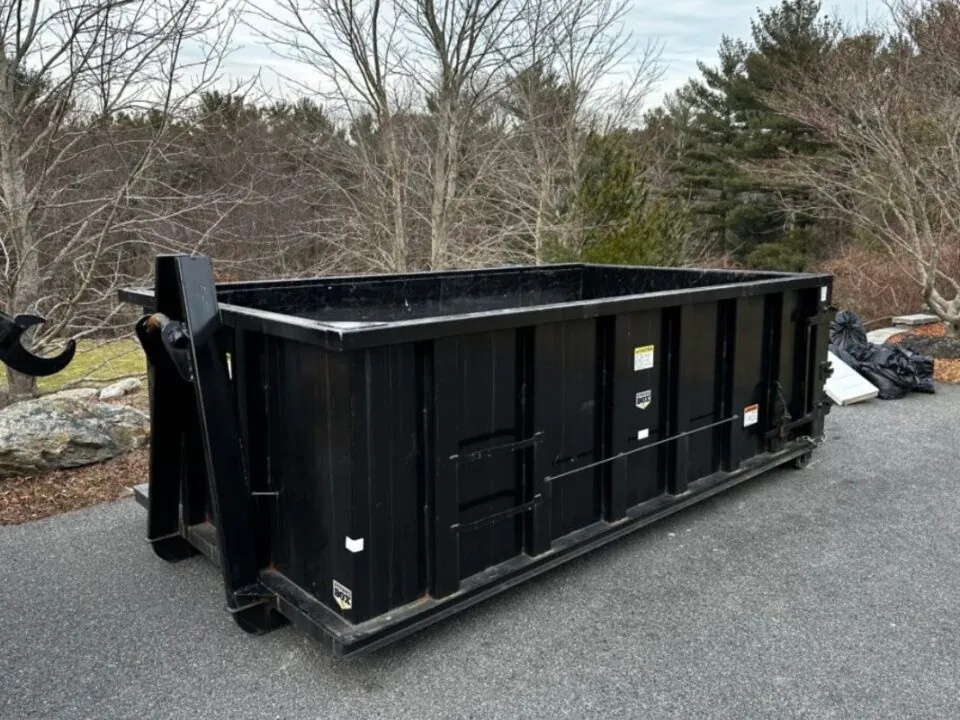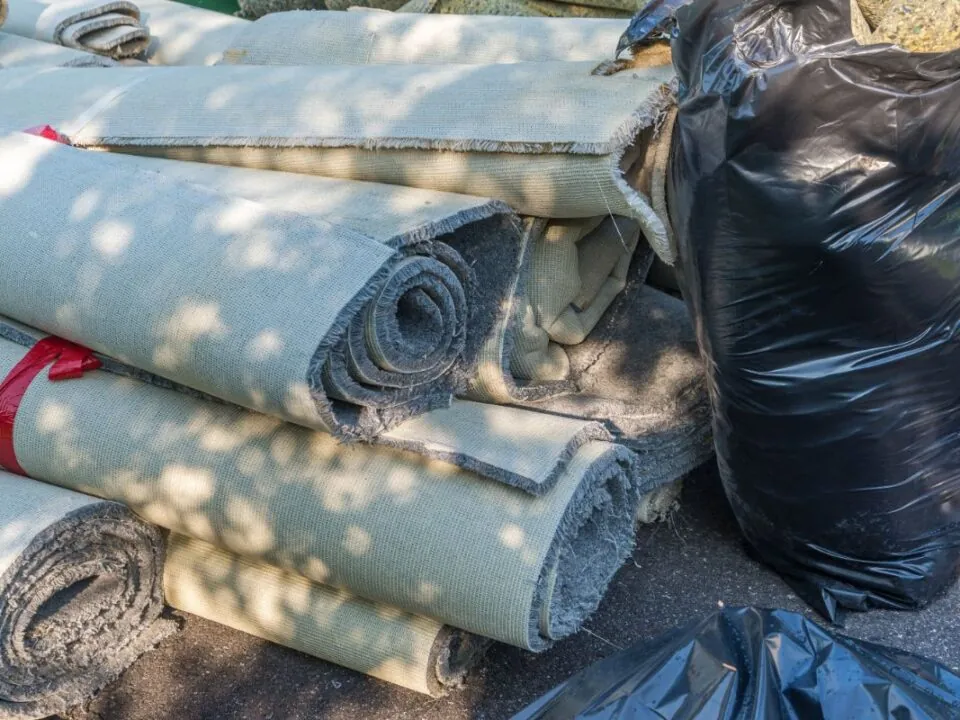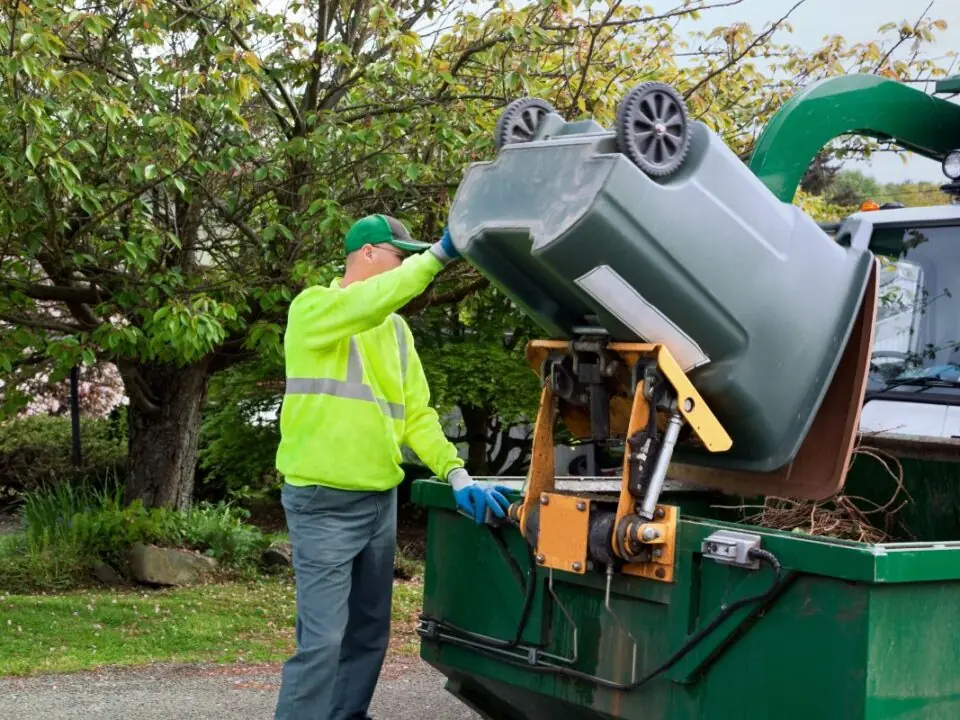How to Dispose of Old Paint? – Learn The Best Way
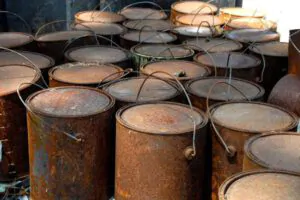
Is your company a manufacturer or distributor of paints? Or, are you a contractor dealing with a large amount of paint? If so, you probably already know the rules and regulations regarding how to store and get rid of paint. Likewise, your business should have a well-defined plan to dispose of paint.
Improper storage and disposal of paint are subject to fines and penalties. In addition, it is hazardous to health, dangerous to safety, and harmful to the environment. To ensure that you comply with the laws and regulations, Troupe Waste Services at South Shore provides paint disposal solutions you need at an affordable rate.
Are All Types of Paints Hazardous?
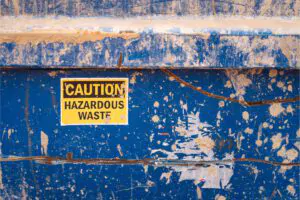
Paints can be oil-based or water-based, and they can be matte, semi-gloss, or gloss. Both types of paint can be used for both interior and exterior applications. While many are said to be non-hazardous, they contain additives and chemicals that can harm the environment, such as mercury, lead, chromium, and cadmium. Hence, it’s essential to determine which type of paints are hazardous or non-hazardous.
As a result, regardless of whether the chemicals found in colors are sufficient to cause environmental harm, it has become a standard rule to label them as dangerous. By marking the label as hazardous, you can ensure that the Environmental Protection Agency (EPA) guidelines are followed and that any environmental consequences are kept to a minimum. Furthermore, labels on paint drums detail proper paint storage and disposal to ensure public safety.
Essential Considerations When Disposing of Paints
1. Know the volume.

If there isn’t much paint left in the can, especially water-based paint, you can take off the lid and let the paint dry on its own. Make sure that small children and animals can’t get to it. It’s also important to remember that you can’t take more than 15 gallons or 125 pounds of hazardous trash for every trip.
2. Know the type of paint.

Oil and water-based paints require different disposal procedures. Oil-based paints are highly flammable, which is why various oil-based paints will have the words “combustible” or “flammable” written on the label. Compared to oil-based, water-based paints are easier to clean up. An example of water-based paint is latex paint.
3. Know the laws.

There may be different rules about how to get rid of paint in each state. So, if you want to throw away paint on your own, you should find out what the regulations are in your area. As a rule, oil-based paint is considered a hazardous material, much like paint thinner. This is why you can’t simply dump it down the drain, nor can you gradually solidify it before throwing it away.
4. Hand it to those who may need it.

Check to see if someone else can use the oil-based paint you don’t need before you throw it away. Aside from neighbors and friends, numerous community paint recycling programs and a large online presence look for unused paints for people who need them.
Disposing Oil-Based Paint

It can be challenging to properly dispose of oil-based paints because of their non-polar, hydrophobic nature (i.e., it does not mix or dissolve in water). Additionally, it has Volatile Organic Compounds (VOCs), harmful chemicals that, when released into the air, can cause health problems like headaches, trouble breathing, and blurred vision.
What To Do

● Bring the containers to the nearest hazardous trash collection site. Alternatively, you can contact a reputable waste management company that offers garbage disposal services to dispose of oil paints safely and correctly.
● Throw the can of dry paint in the trash and remove the lid before disposing of it. Adding some absorbent material to your oil-based paint can hasten its drying time.
● Sawdust and cat litter are both affordable and efficient alternatives. But even when the paint has completely dried in the container, you should still take it to a hazardous material disposal site to be sure it doesn’t end up anywhere it shouldn’t.
Disposing Water-Based Paint
Paint Drying is the most common way to dispose of water-based paints.
How To Do It
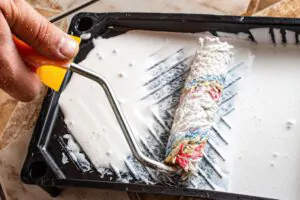
1. On a piece of cardboard or plastic substrate, brush any excess paint.
2. Put the painted substrate in a dry, excellent location. Let the paint dry naturally. The toxic substances are neutralized once the paint has dried thoroughly, at which point the substrate can be discarded with other garbage.
3. Or, add some newspaper scraps or cat litter in the container where you kept your extra color. Dry after mixing. After drying, the mixture can be disposed of as solid trash.
4. For larger quantities, apply a paint hardener to make the leftover paint more durable for simple disposal.
Call Troupe Waste and Recycling for All Your Paint Disposal Needs!

Paints are a valuable resource that enhances and protects our residences, commercial properties, and other types of structures. But because they contain substances that could harm human health and the environment, we should handle them carefully, from purchase to disposal. In other words, we must be responsible consumers when using and disposing of them.
If you live in the South Shore area and need a full-service waste management company to handle all of your paint residues, contact Troupe Waste and Recycling! We provide a wide range of waste management and recycling services, including residential and commercial waste collection, dumpster rental, and roll-off containers.
Call us today at 781-340-0030 to get a free quote for our services!

